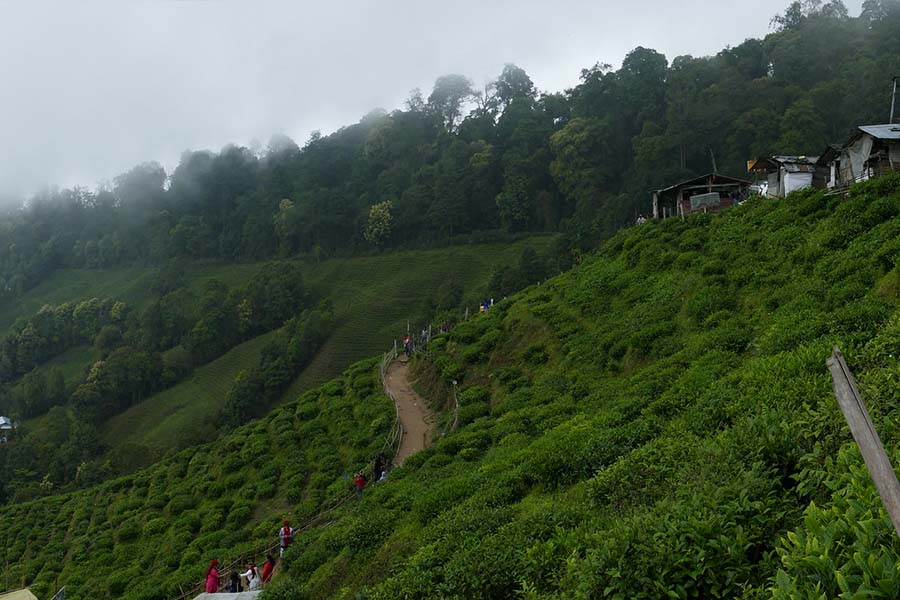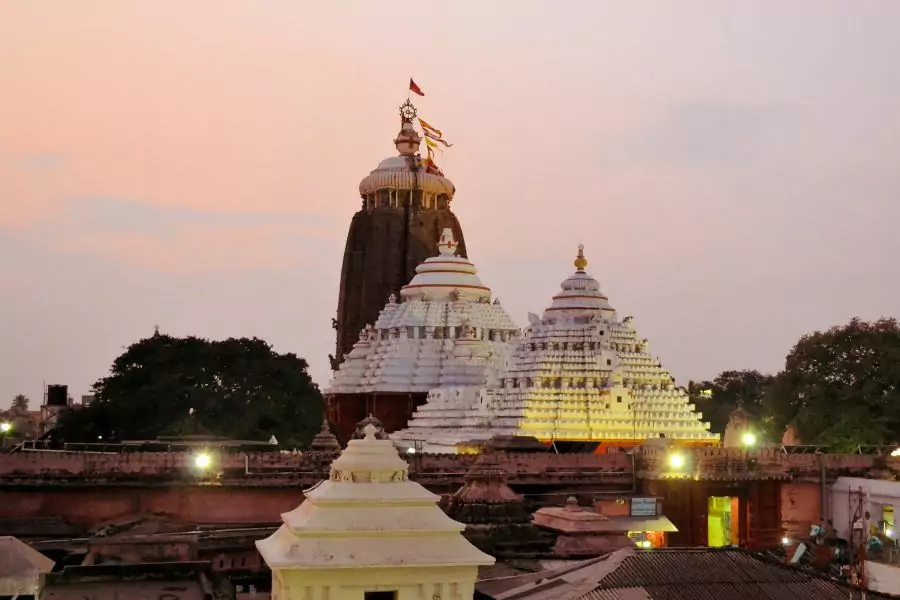Khajuraho Temples in India – History, Famous temples of Khajuraho

The Khajuraho Temples in Madhya Pradesh, India, showcase India’s architectural mastery and vibrant cultural past. Built between 950 and 1050 AD by the Chandela dynasty, these temples impress visitors with their stunning sculptures and intricate carvings. Known for their erotic sculptures that represent life, love, and spirituality, these temples provide more than meets the eye. They serve as an exploration of the artistic and cultural zenith of ancient India. As a UNESCO World Heritage site, the Khajuraho Temples blend art, architecture, and history in a captivating way.
1. Introduction to Khajuraho Temples
Located in the heart of India, the Khajuraho Temples present a marvel of medieval architecture. The Chandela dynasty commissioned these temples, making them famous for their erotic sculptures and detailed stone carvings. While more than 85 structures originally stood, around 25 temples remain today. Despite the passage of time, they continue to captivate travelers and historians with their remarkable artistry.
2. How to Reach Khajuraho
By Air
Travelers can reach Khajuraho Airport, which connects the town to major cities like Delhi, Varanasi, and Agra. Flying provides the fastest route, especially for international tourists.
By Train
Khajuraho features its own railway station, linking the town to Jhansi, Mahoba, and Harpalpur. Visitors can hop on trains from these areas and continue the journey by local transport.
By Road
Well-maintained roads connect Khajuraho to nearby towns such as Jhansi, Satna, and Gwalior. State transport buses and private taxis make reaching Khajuraho convenient.
3. The History Behind the Khajuraho Temples
The Chandela kings built the Khajuraho Temples between the 10th and 12th centuries. These rulers loved art and architecture, commissioning temples that reflected their era’s ethos. After the Chandela dynasty’s fall, the temples were forgotten and consumed by jungles until British surveyors rediscovered them in the 19th century.
4. The Unique Architecture of Khajuraho

The Khajuraho Temples follow the Nagara-style of architecture, which originated in North India. This style features tall towers, or Shikharas, rising over the temple sanctums. The temples use sandstone, with each block meticulously placed without mortar, displaying remarkable engineering.
The Layout
Each temple sits on a raised platform, adhering to a mandala layout that represents the cosmos. Temples divide into three sections: Garbhagriha (sanctum), Mandapa (hall), and Ardhamandapa (entrance porch).
5. Temple Divisions: Western, Eastern, and Southern Groups
The temples of Khajuraho fall into three divisions based on their location:
Western Group
The largest group features temples like Kandariya Mahadeva, Lakshmana, and Chitragupta. This group boasts the most intricate carvings.
Eastern Group
Here, visitors find Jain temples such as Parshvanatha Temple and Adinath Temple, reflecting Jainism’s influence on Khajuraho.
Southern Group
This smaller group includes the Duladeo and Chaturbhuj Temples, dedicated to Lord Shiva and Lord Vishnu.
6. Famous Temples of Khajuraho
Kandariya Mahadeva Temple

The Kandariya Mahadeva Temple, Khajuraho’s largest, honors Lord Shiva. Its spire rises over 30 meters, with carvings of gods, goddesses, and mythical creatures decorating the exterior.
Lakshmana Temple

Dedicated to Lord Vishnu, the Lakshmana Temple impresses with intricate carvings of Vishnu’s avatars and several famous erotic sculptures.
Chausath Yogini Temple

As one of the oldest temples, the Chausath Yogini Temple stands out for its circular design. It honors 64 Yoginis, or female attendants of the goddess Durga.
7. The Erotic Sculptures of Khajuraho

The Khajuraho Temples feature famous erotic sculptures, although these represent only a small fraction of the carvings. Mostly found on the outer walls, these depictions balance the material and spiritual worlds, celebrating life.
8. The Symbolism Behind the Sculptures
The erotic carvings symbolize Tantric principles, using sexuality as a pathway to spiritual enlightenment. Placed alongside divine imagery, they reveal the interconnectedness of life’s aspects.
9. Khajuraho Dance Festival

The annual Khajuraho Dance Festival showcases classical Indian dance forms for a week. Set against the backdrop of these temples, the festival draws performers and visitors from around the world.
10. Best Time to Visit Khajuraho
Visit Khajuraho during the winter months from October to March, when cooler weather makes temple exploration enjoyable. The Khajuraho Dance Festival occurs in February.
11. Exploring the Surrounding Areas
Explore beyond the temples for rich experiences in nearby areas. Take a safari at Panna National Park, enjoy nature’s beauty at Raneh Falls, or visit Ajaigarh Fort for panoramic views.
12. Tips for Visitors
- Stay hydrated and use sun protection while exploring the temples.
- Hire a guide to delve into the historical and cultural significance of the temples.
- Photography is welcome, but be mindful of the temples’ religious importance.
13. Conclusion
The Khajuraho Temples stand as a symbol of India’s rich architectural and spiritual heritage. They transcend mere stone carvings, reflecting life’s beauty, complexity, and divine connection. Whether you love history, art, or spirituality, Khajuraho will leave you spellbound with its timeless artistry and deep cultural roots.
14. FAQs
- Why are the Khajuraho Temples famous?
- The Khajuraho Temples attract visitors with intricate stone carvings, especially the erotic sculptures that represent human life and spirituality.
- How many temples exist in Khajuraho?
- Khajuraho once boasted 85 temples, though only about 25 remain today, spread across Western, Eastern, and Southern groups.
- When is the best time to visit Khajuraho?
- The best time to explore Khajuraho is from October to March, during the cooler winter months.
- What is the significance of the erotic sculptures?
- The erotic sculptures symbolize Tantric principles, emphasizing the connection between physical and spiritual realms.
- What activities can I enjoy at Khajuraho?
- Besides visiting temples, enjoy wildlife safaris at Panna National Park and explore local waterfalls and forts.


